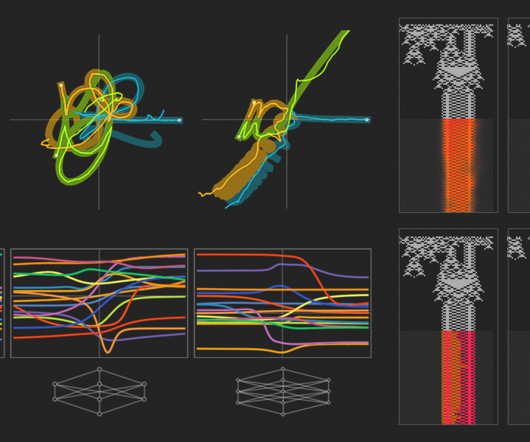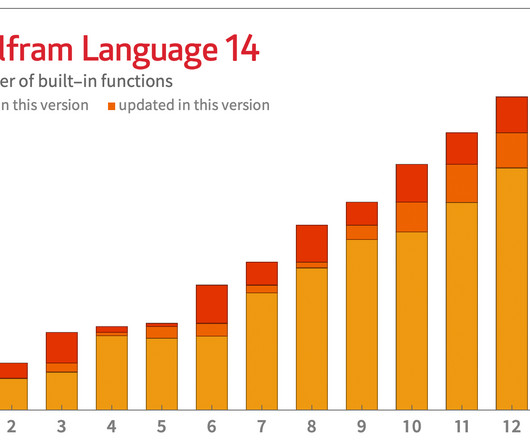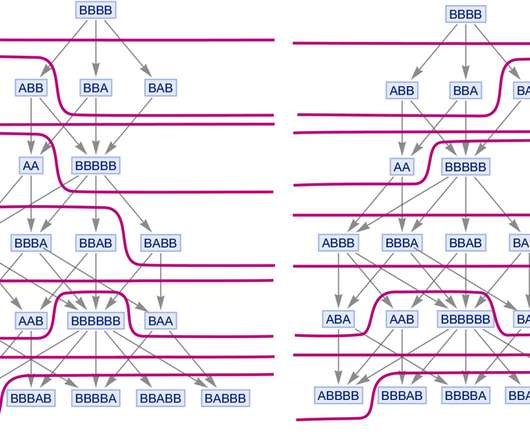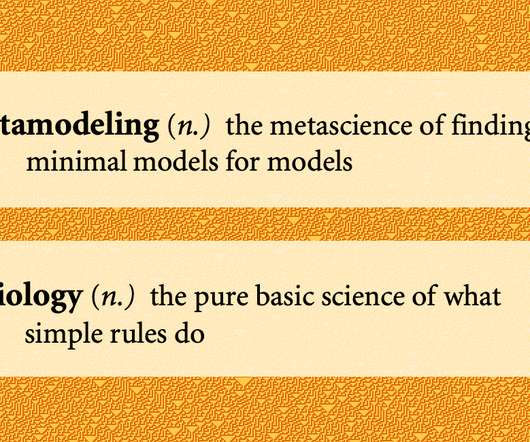Can AI Solve Science?
Stephen Wolfram
MARCH 5, 2024
Three centuries ago science was transformed by the idea of representing the world using mathematics. And that’s for example why things like mathematical formulas have been able to be as successful in science as they have. In 2000 I was interested in what the simplest possible axiom system for logic (Boolean algebra) might be.














Let's personalize your content